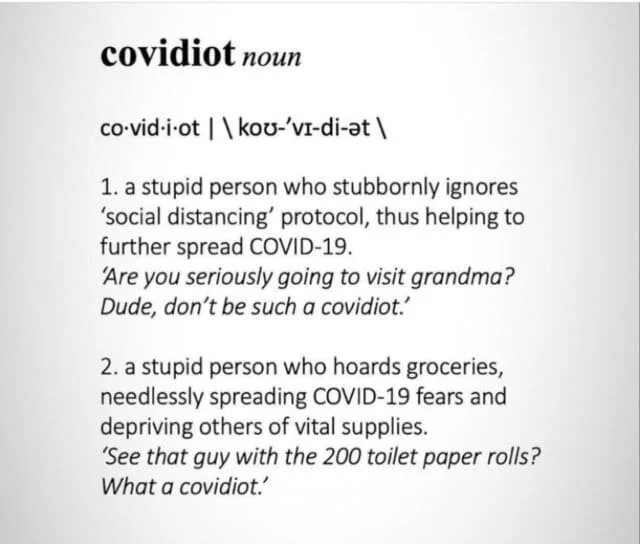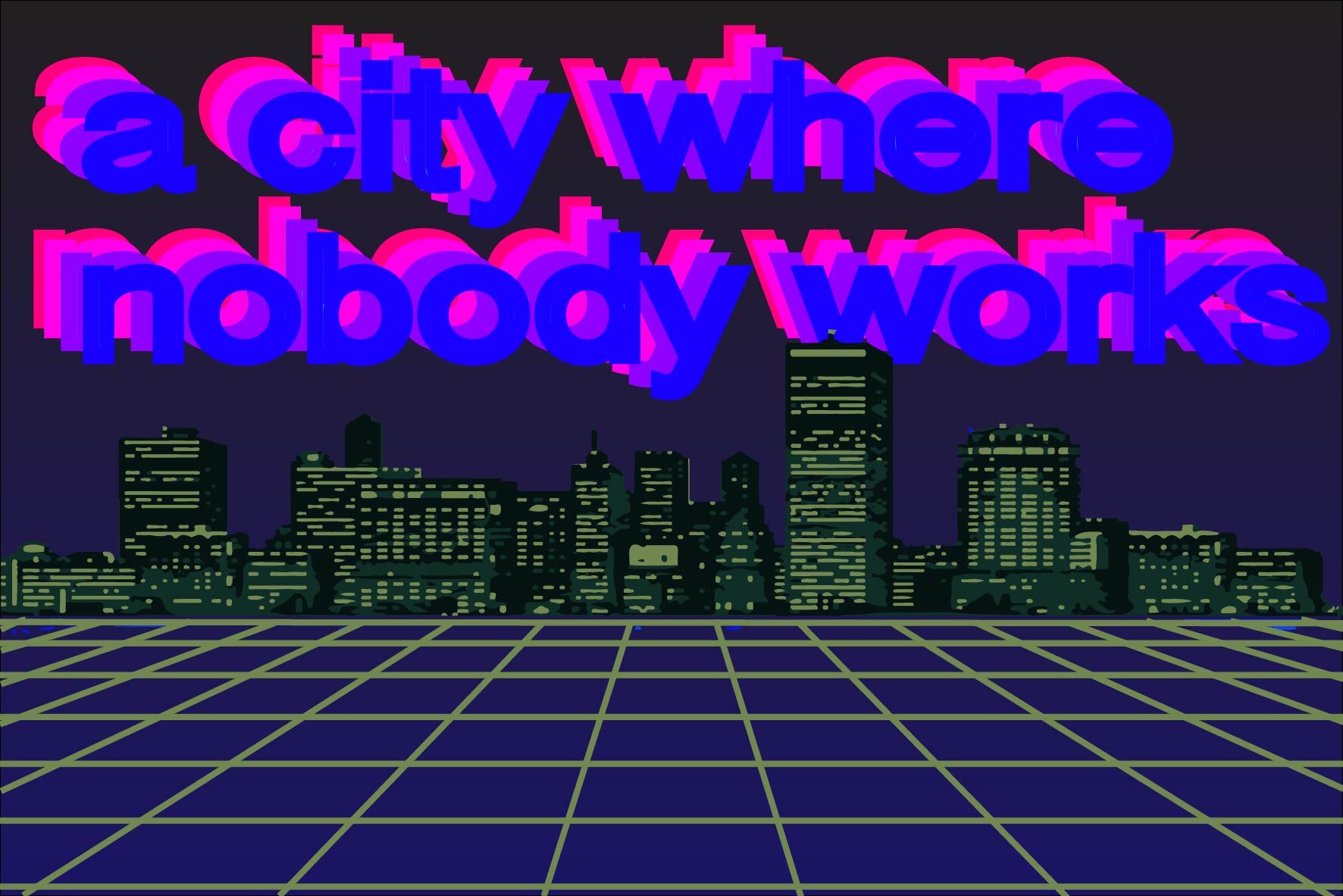I have been thinking and speaking for a long time about “emotional ecology,” which refers to the way that care, sex, trust, etc. in one’s social life are distributed. The concept really crystallized for me as I began having “alternative” (non-monogamous) sexual relationships, and started living communally, and found that this altered my emotional needs, and the way that I invested in friendships, and showed up for, and participated in new relationships—both sexual and non-sexual. It’s a rather obvious point, but the relationships one has are impacted by the other relationships they have, and the composition and distribution of emotional connections within that set of relationships is a complex series of balanced and interrelated parts—like an ecosystem. If a close friend dies or moves away, or a sexual partner drifts or gets more busy, it affects one’s needs and availability in ways that affect one’s other relationships. Some emotional resources are relatively unlimited (or at least in abundance), while others are more finite and/or limited (time being a prime example). Here, I consider some of the dimensions of emotional ecology—mostly to map out my thought on the subject, and to offer a framework for others to begin thinking about and using the concept.
Emotions are historically and culturally contingent
In the first place, it must be said: emotions are not fixed or universal. Too often, we rely on rigid biological explanations for our desires and emotional responses to things, when, as the burgeoning field of emotional history brings into the foreground, though, our emotions are historically variable, and contingent on changes in culture, politics, economics, and other factors. While there may be immutable instincts, the actual expression of instincts changes across time and space. The field of affect theory explores this distinction, when it investigates how affects and emotions are not the same thing. As some affect theorists posit (though there’s still some debate about this), while affects may be “pre-discursive” (or, unshaped by culture), emotions certainly are shaped by cultural narratives and forces. In other words, I might immediately feel a lurch of feeling when I see my brother for the first time in over a year, but the emotion I have around that feeling is shaped by the meaning I give to my brother, to our relationship, to his status as a man in our culture, to social norms and conventions around masculine affection, etc. The history of emotions traces the way that feelings have been given meaning and expression in different cultures, in different places, at different times.
Because our emotions are historically contingent, the concrete form our relationships take is also contingent. The idea of a “girlfriend,” or a “mom” or a “sugar daddy” or a “friend with benefits” is made up. We invent genres for relating to one another in order to streamline communication, solidify and shore up social expectations and norms, and often to achieve various personal or societal goals. But just because these relationship genres are clear and recognizable does not mean that they are fixed, immutable categories that cannot be changed.
Social ecologies as the basis for emotional ecologies
We tend to think of relationships quite individualistically, often asking people about their preferences and ideals. But people’s desires and ideals are often shaped by what is available to them in their social milieu. Here, relationship genres shift from being immanent, freely-chosen behaviors, to transcendent, imposed institutions—and this belies the idea that preferences and ideals are purely a matter of individual choice. If you’re the “only gay in the village” (as the Little Britain skit jokes), this is going to hamper your prospects for living your ideals. Perhaps even more importantly, if you’re only one of two “gays in the village,” the preferences, ideals, and expectations of the other gay person will likely influence (if not altogether define) the way you think about and express your desires. Scaling up and out, if all of the people you’re potentially interested in sexually are holding out for marriage, then marriage will likely dominate your imagination about how and when sex happens, and may even lead you to see marriage as your ideal. This is how social ecology tends to structure emotional ecology, since emotions are often relational.
One of the things I have discovered from living in intentional communities—especially communal living environments—where community members are surrounded by numerous strong and enduring bonds, frequent social contact, and a relative surfeit of sexual opportunities, is that one’s desire and availability for other relationships in the wider world morphs. I often hear from people (and I felt this way myself), that they suddenly feel like they have more compatibility issues with people in social and romantic relationships, since there is a mismatch between the other person’s underlying bed of social and sexual relationships and their own. Coming from a dense and supportive social ecology, the communal resident’s social, sexual and emotional needs are often slighter than the standard person on Tinder, or friend from the office. To their friend, the communal resident comes across as confident, independent, and perhaps even a bit blasé, but their apparent independence is a direct result of their interdependence with a resilient group of friends, housemates and partners—and this can be perceived good thing or a bad thing. On the one hand, confidence and independence are often viewed as attractive—they signal that a person has a good life and won’t become codependent or clingy. On the other hand, in a world where many social relationships are coercive and/or secured by the threat of loneliness (reinforced by the social desolation of much of contemporary life), the person with a robust and resilient social and emotional ecology can represent a threat; they don’t need you, and will be ok if your relationship ends. If your usual dating/friendship strategy relies upon the gravity of fear/insecurity, this can be a dealbreaker.
On the flip side, to the communal resident, the person with fewer social ties can seem overly needy and/or clingy and/or jealous (in a negative interpretation), or refreshingly loyal, conveniently available, and highly invested (in a positive interpretation). Here, different social ecologies can cause compatibility issues, or they can offer different and perhaps complimentary virtues.
What’s interesting about this is that it offers a means by which people can think about—and transform—their relationships in a holistic manner. By changing the overall composition of their social ecology, they can strategically alter the kinds of relationships they have. The only barrier is: it takes a village—specifically, one with other “gays”.
Social ecology and identity
By embedding oneself in different social and emotional ecologies, one can change their role and identity in the world.
To return to the personally-familiar example of communal living, what one finds is that behaviors are able to be disaggregated from the normative relationship genres that tend to bundle them into predefined types. One can have sex with a partner without being a “boyfriend” or a “girlfriend;” one can bring in financial resources to support others without being a traditional “breadwinner,” or birth and care for a child without being a “mom.” Indeed, within such a context, many of the most important cultural markers of gender cease to have relevance. Life timelines also cease to be rigidly defined, as shared resources and an abundance of care and love relieve come of the social and financial pressures to build a traditional “career” or fit oneself to one of the standard founder roles of the nuclear family.
At the same time, altering one’s social and emotional ecology and/or identity can be alienating. Widespread cultural tropes cease to have purchase or personal resonance; stigmas and stereotypes—designed to motivate people to be (re)productive in our post-industrial society—can be applied to those who don’t conform themselves; social horizons and opportunities can be limited because it’s difficult to find compatible people to fit into a non-standard social/emotional ecology; one can also feel “unseen,” as they slip out of the normative modes of cultural intelligibility (of which gender is a very powerful one), etc.
Nevertheless, as Lauren Berlant insists, “It is a time for using the impasse that we’re in to learn something about how to imagine better economies of intimacy and labor.” It seems that, as the rewards for playing by the existing norms diminish, there are many who are exploring alternatives, and therefore, there are likely to be growing pools of people who emote, love, identify, and see in new ways, by virtue of the fact that they are arranging the ecology of their relationships differently.


















